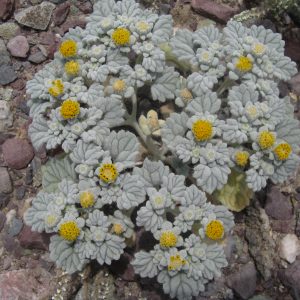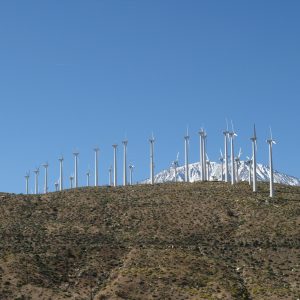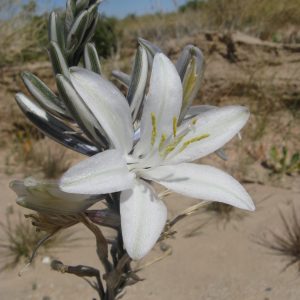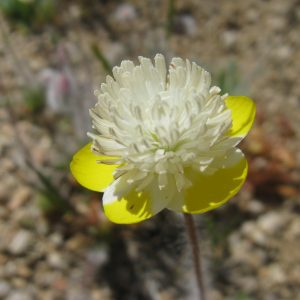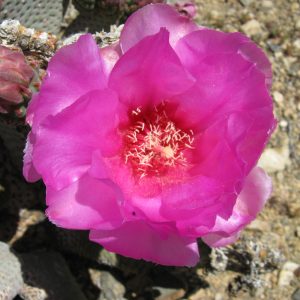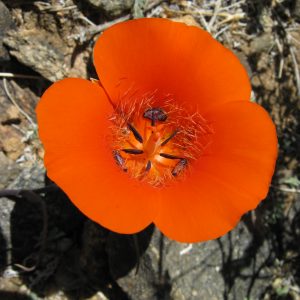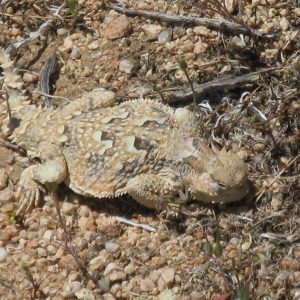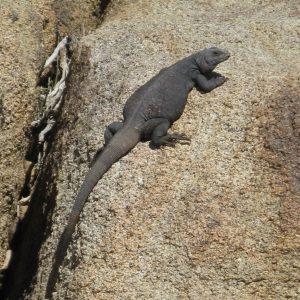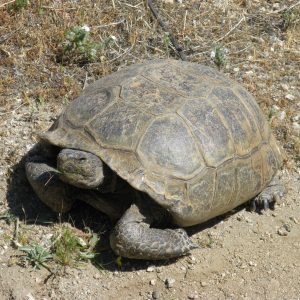I am one of two interns placed with the San Diego Zoological Society for Conservation Research, a non-profit organization focused on conservation science around the world. The Applied Plant Ecology Division, of which I am part of, is just one small part of the scientific community here at the Beckman Center for Conservation Research. Other divisions within the building include Animal Reproductive Biology, Behavioral Biology, Genetics, Regional Conservation Programs and Conservation Education to name a few. We share our lab space with Applied Animal Ecology as well as their Mountain Yellow-Legged Frog Aquariums. Currently endangered, these frogs were rescued from a puddle in the high elevation mountains in central California, so they prefer cooler temperatures. Unfortunately for us, this results in our lab space being quite chill! ( 68 degrees F!)

Mountain Yellow-Legged Frogs

This is our lovely courtyard for eating lunch: complete with fountains!

Much of the focus at the institute is conserving genes for the future, which are stored here in the Frozen Zoo!
Although our primary responsibilities here include seed collections for Seeds of Success, we’ve been fortunate to get our hands dirty with a variety of research projects within the institute. This particular organization receives the majority of it’s funding for endangered animal species, so most of our plant projects revolve around habitat rehabilitation. Our first two weeks of intense field work involved a vegetation survey of the chaparral areas in the 900 acre preserve (“the back 9”) located adjacent to The Wild Animal Park to restore for the Cactus Wren. Transversing in this environment can be painful as you can imagine, but it was actually a great experience for an east-coaster like me to back my butt into a prickly pear cactus for the first time!

A contrast to the normal sunny dry weather associated with the Mediterranean climate of southern California, spring months can often bring hazey, cloudy mornings, otherwise coined "May Gray" and " June Gloom".

The view of the Wild Animal Park from the "back 9" preserve offers a unique backdrop for field work- note the hot air balloon!

Sarah Brewster, and others try to find a sanctuary of shade near the trucks. This is nearly impossible at 12 noon, as can be seen here.

Another perk of being placed at the Wild Animal Park, is that we are able to get to know the collection animals, such as this African elephant and her baby- seen here at 1 week old.










